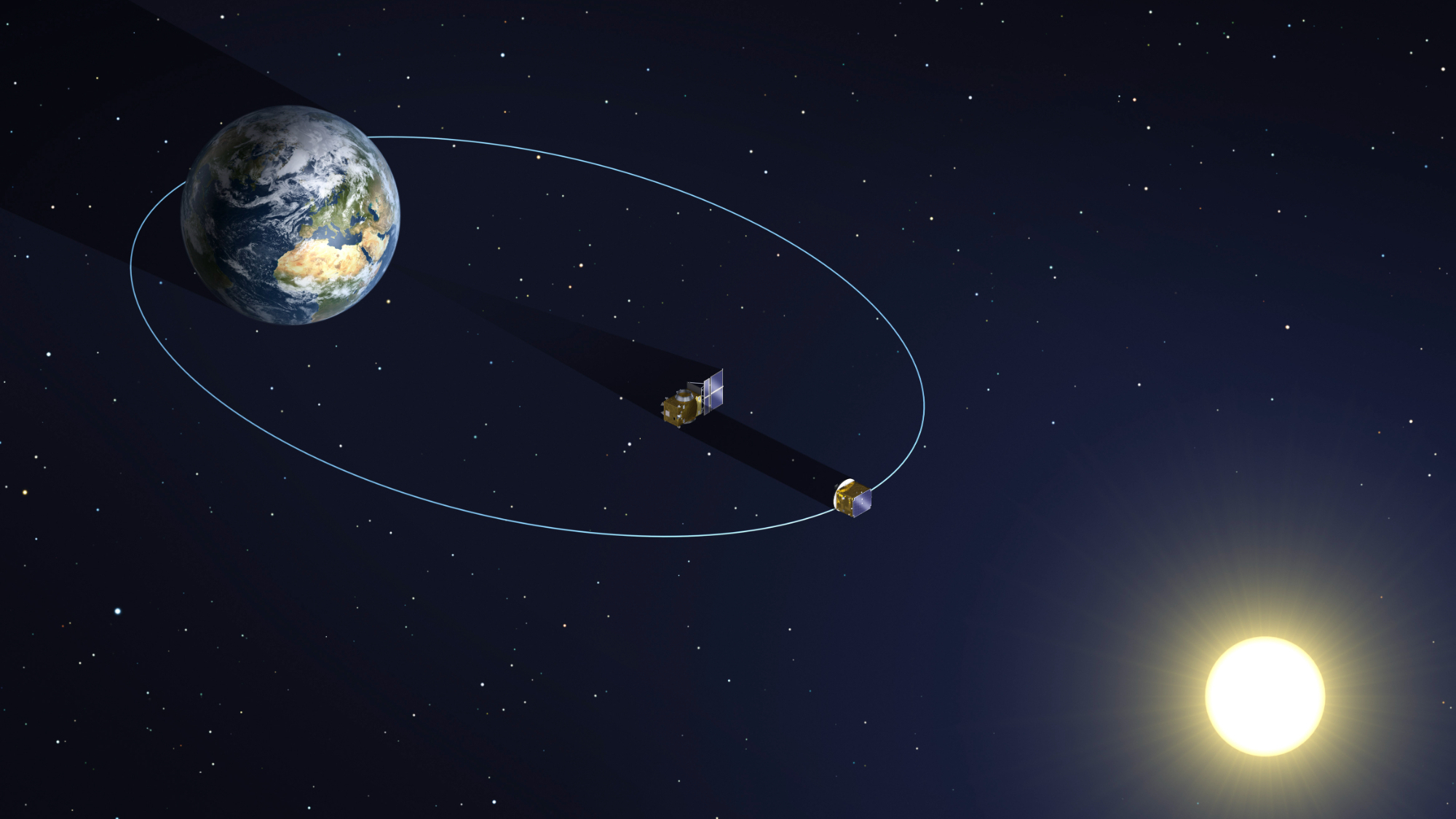The mostmassive stars in our galaxy formed in a process much like that which createdour Sun, and not by cannibalizing young, small stars as previously thought,according to a new study.
The starsin question are giants among giants, massive stars that weigh as much as 100small stars like the Sun, but because they are so rare and evolve so quickly,scientists were unsure how they achieved their colossal girths.
One populartheory was that they swallowed small immature stars called protostars in crowdedstellar nurseries, but astronomers recently caught a massive star in the act ofbeing born. Observations suggest it is developing through gravitationalcollapse, the same gradual process that built the Sun.
Using aradio telescope called the Submillimeter Array (SMA) in Hawaii, astronomersdetected a gaseous disk surrounding the massive protostar HW2, located 2,000light years away in the Cepheus constellation.
The diskcontains 1 to 8 times as much gas as the Sun and extends outward for more than30 billion miles, eight times the distance to Pluto. Earth and the otherplanets in our solar system are believed to have formed from such a disk 4.5billion years ago.
Astronomersalso detected jets of bipolar gas spewing out from both ends of the HW2'scircumstellar disk, a phenomenon previously observed only in the formation oflow-mass stars like the Sun.
"Merginglow-mass protostars woudn't form a circumstellar disk and a bipolar jet," saidSalvador Curiel, an astronomer at the National Autonomous University of Mexico(UNAM) and an author of the study.
Get the Space.com Newsletter
Breaking space news, the latest updates on rocket launches, skywatching events and more!
If thecannibalizing theory of massive star formation were true, the spewing gas jetsand the circumstellar disk would be destroyed as additional stars wereswallowed, Curiel said.
The studyis detailed in the Sept. 1 issue of the journal Nature.
Join our Space Forums to keep talking space on the latest missions, night sky and more! And if you have a news tip, correction or comment, let us know at: community@space.com.
Ker Than is a science writer and children's book author who joined Space.com as a Staff Writer from 2005 to 2007. Ker covered astronomy and human spaceflight while at Space.com, including space shuttle launches, and has authored three science books for kids about earthquakes, stars and black holes. Ker's work has also appeared in National Geographic, Nature News, New Scientist and Sky & Telescope, among others. He earned a bachelor's degree in biology from UC Irvine and a master's degree in science journalism from New York University. Ker is currently the Director of Science Communications at Stanford University.
